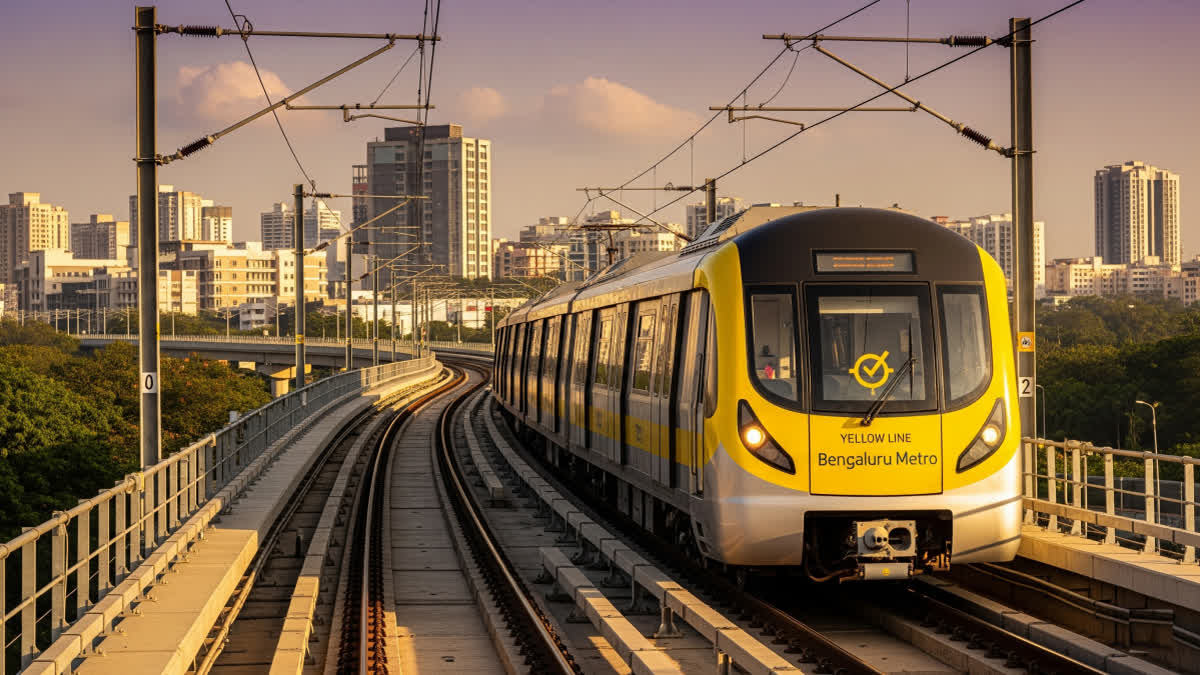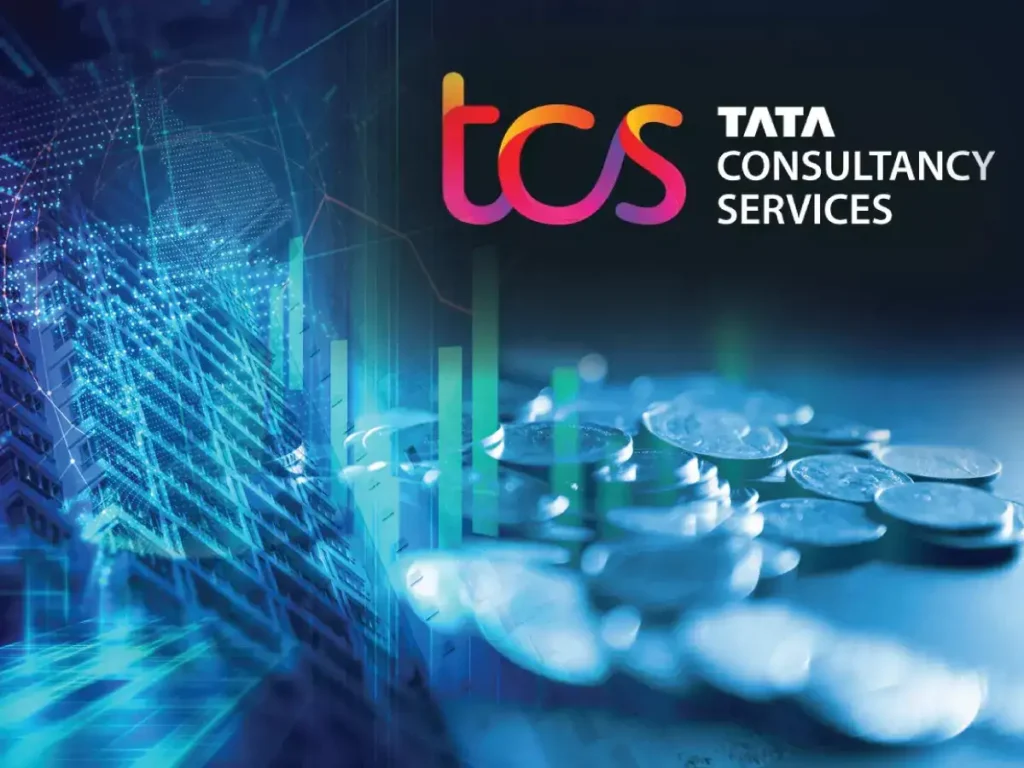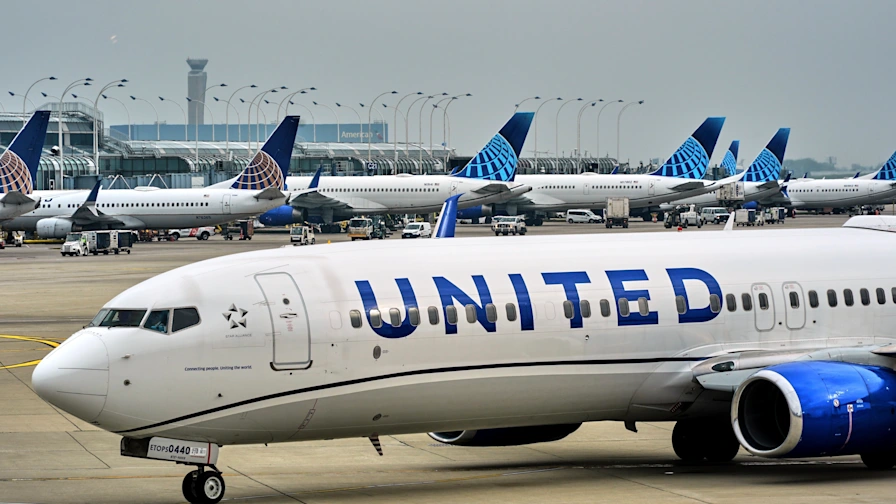Now Reading: Bengaluru’s Yellow Line Set to Ease Commute for IT Corridor
-
01
Bengaluru’s Yellow Line Set to Ease Commute for IT Corridor
Bengaluru’s Yellow Line Set to Ease Commute for IT Corridor

Starting August 10, Bengaluru’s traffic-weary commuters—especially those travelling between the southern IT hubs and the city—may finally get a breather. The long-awaited RV Road to Bommasandra Yellow Line of Namma Metro is set to be inaugurated, promising a faster, cleaner, and more reliable option for thousands who’ve battled peak-hour chaos for years.
What the Yellow Line Covers
This new stretch of the metro network spans about 19 km and connects RV Road in the central-south part of the city to Bommasandra in the southern tech corridor. With multiple key stops like Electronic City and Bommanahalli, the line directly caters to Bengaluru’s major IT and industrial zones.
Why It Matters for Commuters
The Yellow Line is expected to reduce travel time drastically. What used to be a frustrating 90-minute bus or car ride during rush hours may now shrink to less than 30 minutes. For IT professionals, daily wage workers, students, and residents along the stretch, this isn’t just convenience—it’s a shift in daily quality of life.
Economic and Social Impact
Tier 2 cities across India are watching Bengaluru’s metro expansion closely. With urban centres facing similar traffic woes and development imbalances, this project becomes a potential blueprint. Property values near stations may rise, and local businesses are likely to benefit from increased footfall and connectivity.
Challenges Ahead
Smooth operation will depend on timely integration with other metro lines and last-mile connectivity. Feeder buses, pedestrian access, and ride-hailing options will need to sync up efficiently to ensure the Yellow Line delivers its full potential.
Conclusion
The RV Road–Bommasandra Yellow Line is more than another metro addition—it’s a critical link for a city growing faster than its infrastructure. Whether it truly transforms the commuting experience or becomes another overburdened route depends on how well it’s managed post-launch. But for now, Bengaluru’s IT corridor has a new lifeline, and it couldn’t have come at a better time
























